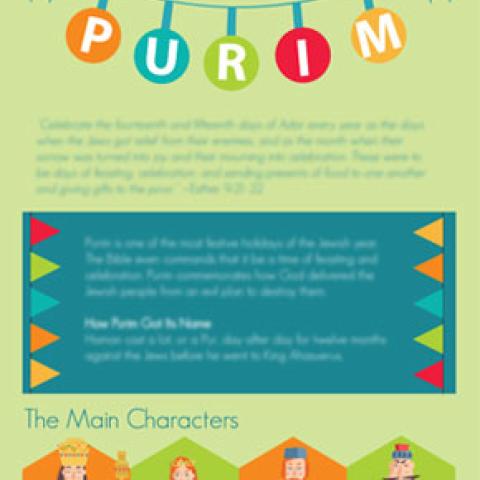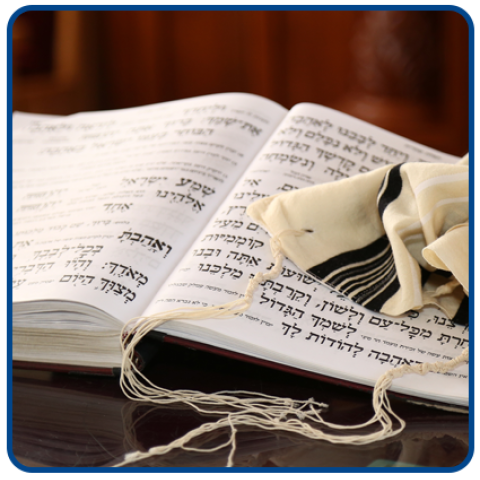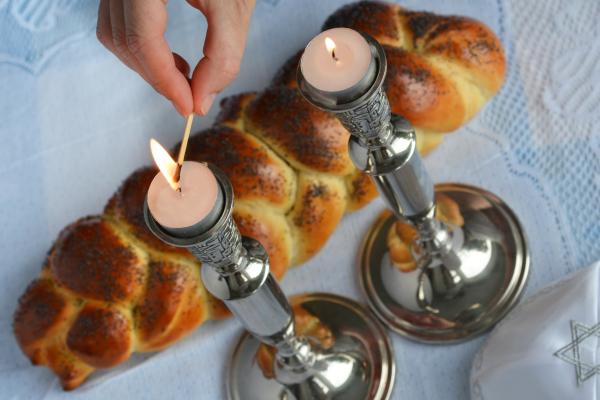
Were you ever asked to do something that seemed more daunting than you could handle? Something for which you felt inadequate, unqualified, and frankly, terrified? And, in time, you realized this task was from God Himself?
That’s what the young woman Esther faced. God had placed her in the position of queen of Persia, and then presented her with an opportunity to save her people from destruction. And it might have cost her life to try.
A Jewish maiden
Esther had come to the position of queen through unusual circumstances. The realm of Persia’s King Ahasuerus stretched from India to Ethiopia. Among his subjects were Jewish people who had been previously taken captive into Babylon. Esther was an orphaned Jewish maiden who lived in the king’s city in the household of Mordechai, her cousin and guardian.
A beauty contest
One day, Ahasuerus summoned his wife, Queen Vashti, to a party where he wanted to show her off to his honored guests from throughout the kingdom. She refused to come. Embarrassed and angry, the King banished her and began a search for a new queen. He gathered lovely maidens from across his land to undergo a year-long beautification at the palace, and from among them he would choose his next queen.
He chose Esther.
A secret
Mordecai had advised Esther when she entered the palace to not mention her Jewish identity, and she kept her heritage secret even after becoming queen.
A hero
Mordecai was a God-fearing man. One day, he overheard a plot to kill the king. He told Esther, who warned the king in Mordecai’s name. The would-be assassins were arrested, and the event was noted in the king’s chronicles.
An evil decree
Later, King Ahasuerus promoted an officer named Haman to such prominence that everyone in the kingdom was required to bow in his presence. But day after day, Mordecai refused explaining that he was Jewish and bent his knee only to God. Haman was outraged, and he devised a plan to kill Mordecai and all the Jewish people. He persuaded the king to sign an irrevocable decree to pay citizens to kill Jewish people on a certain day of the year. Haman cast lots to determine the day, and it fell several months away. Later, Haman had gallows built next to his home so he could personally see Mordecai hanged.
An intercessor
When Mordecai found out about the decree, he pleaded with Esther to approach the king, reveal her Jewish identity and beg for the lives of her people. Esther was afraid; going to the king without an invitation could mean her death. Mordecai encouraged her that this could be the very reason she had become queen.
A fast
Esther steeled herself with courage. She agreed to go, saying, “If I perish, I perish.” She determined to seek the Lord in fasting for three days. She told her handmaids to fast as well and instructed Mordecai to have all the Jewish people to do the same.
An invitation
After her fast, Esther went to the king. He extended his golden scepter toward her, showing that he welcomed her. When he asked what she wanted, she invited him and Haman to a banquet the next day, saying that she would reveal her request then.
A deferral
The king and Haman attended Esther’s banquet, and when asked about her request, Esther invited them to a second feast the following day. There she would present her petition to the king.
An irony
That night, the king couldn’t sleep, and he summoned the chronicles of his reign to be read, where he discovered that nothing was done for Mordecai who had earlier saved his life. In the morning, Haman waited in the courtyard to address the king about hanging Mordecai. When Ahasuerus called him in, he asked, “What should be done for a man the king desires to honor?” Haman, thinking surely the king meant to honor him, laid out a lavish recommendation. He could hardly wait to wear the royal robe and be paraded around the city on the king’s horse while a nobleman announced the king’s favor upon him. Ahasuerus liked the plan and ordered Haman to carry it out – for Mordecai.
A feast and a plea
At Esther’s second banquet, the king again asked her request. “Grant me my life,” Esther said, “and spare the life of my people.” She explained that if she and her people had simply been sold as slaves, she wouldn’t have bothered the king, but their situation was much worse. She and they were destined for slaughter and annihilation. She begged for their lives.
A villain exposed
Ahasuerus was furious. “Who is he?” he asked, “Where is the man that presumed to do this?” Esther replied, “The man is this wicked Haman!” The king ordered Haman seized and immediately sent him to be hanged on the gallows Haman had built for Mordecai.
A counter edict
The king gave to Mordecai the authority that had been Haman’s and told him to do whatever he saw best to remedy the irrevocable decree. Mordecai wrote a new edict, empowering the Jewish people to defend themselves on the day of the intended slaughter. On the 13th day of the Hebrew month of Adar, the Jewish people fought back and overwhelmingly prevailed.
A celebration forever
The Jewish people survived the plan to annihilate them, and on the 14th of Adar, they rested. Mordecai commanded the day be set aside to celebrate throughout every generation. He named the holiday Purim, which means “lots,” and prescribed four elements of observance: feasting, celebration, giving gifts of food to one another and giving gifts to the poor.
Today, Jewish people gather at synagogues throughout the world to hear the book of Esther. They enjoy festive costume parties and lively plays reenacting the Purim story. Audiences cheer at every mention of the story’s heroes and boo whenever Haman’s name is read. Celebrants stomp their feet and rattle noisemakers to completely “blot out” the name of Haman.
The most popular food tradition at Purim is hamantashen (HAH-men-TAH-shen), triangular cookies with tasty fillings and said to resemble Haman’s hat or his ears.
Oddly, God is never mentioned in the book of Esther, but His fingerprints are all over the story. In it, we see that He is faithful to place people in the right places at the right times to protect and care for His children. Like Esther, we can trust God when He presents us with a task, even when we feel inadequate for it. It’s possible He stationed us where we are “for such a time as this” (Esther 4:14). And we can know that if He’s the one asking us to do it, He will be with us as we do.
Get the Purim Infographic
Learn how to celebrate Purim as a follower of Jesus with this enlightening infographic!












